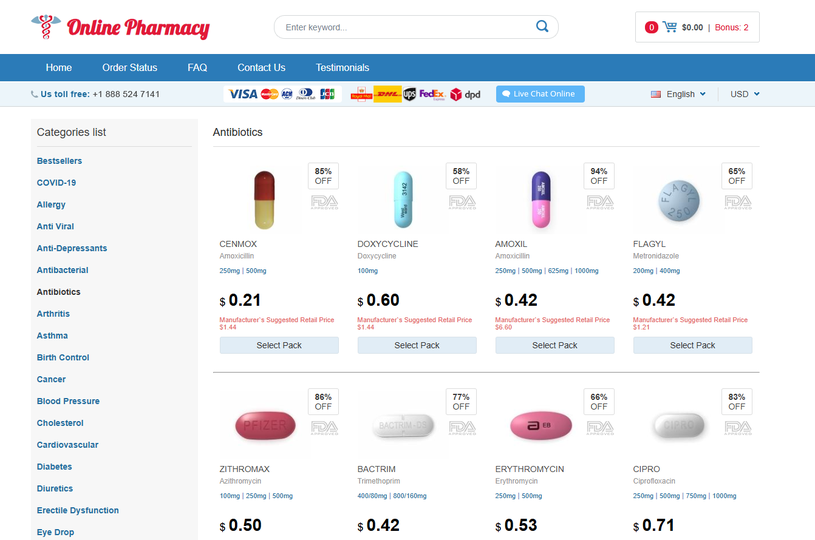To Purchase Paxil Without Prescription Visit Our Pharmacy ↓

Patient Experiences: Stories from Real Life
The maintenance dose typically ranges from 20 to 60 mg daily, divided into two doses to minimize potential side effects and ensure steady blood levels of the medication. A holistic approach to PTSD treatment involves addressing the physical, emotional, and psychological aspects of the condition. The development journey of Paxil was marked by a series of rigorous clinical trials, each posing unique challenges. The controversies landed GlaxoSmithKline in numerous legal battles, facing accusations of downplaying risks while marketing Paxil as happy pills. You may experience mood swings, headaches, or dizziness, which are akin to what people sometimes call "happy pills" hangovers. This will provide concrete data that can help your doctor identify specific patterns. This collaborative approach ensures the plan is both safe and effective.
What Is Paxil and How Does It Work?
The weight of anxiety can disrupt daily life, impacting relationships, work performance, and overall well-being. Incorporating a balanced diet and regular exercise into your daily routine can significantly mitigate the side effects associated with Paxil. Before embarking on the journey to wean off Paxil, reaching out to your healthcare provider is crucial. Maintaining good sleep hygiene is essential for those taking Paxil. This awareness paves the way for managing expectations and planning strategies to mitigate discomfort. With Paxil, couples can work to overcome the Pharm Party of social anxiety together, strengthening their bond through shared experiences and mutual understanding. Upon ingestion, this comp medication selectively inhibits serotonin reuptake in your brain, leading to elevated mood and lessened anxiety.
Monitoring Progress and Long-term Wellness Strategies
Compared with other SSRIs such as Zoloft, both medications have demonstrated similar efficacy in reducing PTSD symptoms. Balancing Medication and Relationship Needs. Typically, doctors start patients on a lower dosage to allow the body to adjust gradually. Paxil, like its counterparts, aims to rectify the serotonin imbalance in the brain, a commonality in depressive disorders. For example, some SSRIs other than Paxil might be preferred for specific sub-types of depression or co-existing conditions due to these differences. SSRIs, including Paxil, function by increasing levels of serotonin in the brain, a neurotransmitter thought to have a good influence on mood, emotion, and sleep. Understanding that these responses are part of the body's process of adapting to the new medication is crucial.
Common Symptoms of Paxil Withdrawal
Timing is equally important and should be based on personal circumstances, such as stability in one's mental health and life situation. Antidepressants, particularly SSRIs (Selective Serotonin Reuptake Inhibitors), are known for their gradual onset of therapeutic effects, typically ranging from a few weeks to over a month. After approval, Paxil quickly became a staple in doctors’ scripts, offering relief to those battling anxiety and depression. Pharmacists can also be instrumental by offering valuable "Sig" guidance on the proper dosage adjustments and monitoring progress. If you experience these, your first step is to review the sig on your script. Paxil (paroxetine) is often noted for its challenging discontinuation syndrome compared to other SSRIs. It's crucial to understand that while mild side effects might diminish as your body adjusts, persistent or severe symptoms warrant professional advice.
Clinical Studies Linking Paxil to Ptsd Treatment
Paxil, known by its generic name paroxetine, comes with its share of side effects, some of which might catch you off guard. Research indicates that only a segment of users report significant weight changes, highlighting the variability in responses to the medication. Maintaining a strong connection with loved ones can be challenging during Paxil treatment, but there are strategies to help strengthen these bonds. Staying hydrated, maintaining a balanced diet, and exercising can also alleviate some of the physical side effects. For those struggling with conditions like major depressive disorder or generalized anxiety disorder, Paxil can alleviate symptoms that otherwise disrupt sleep. Often, the distinction between manageable side effects and those indicating more serious issues can be nuanced. These persistent conditions affect not only the individual's mental health but also their interpersonal relationships and work performance.
Success Stories: Real-life Experiences with Paxil
Additionally, engaging in stress-reducing activities, such as mindfulness, meditation, or gentle exercise, can help alleviate some of the emotional instability. Serotonin, a neurotransmitter associated with mood, is affected by these medications to help elevate mood and alleviate depressive symptoms. More severe reactions may include changes in mood or behavior, especially after starting or adjusting the dosage. Paxil, much like its SSRIs counterparts such as Prozac (fluoxetine) and Zoloft (sertraline), works by preventing the reabsorption of serotonin back into the neurons, making more serotonin available to improve transmission between brain cells. Initiating treatment with Paxil can be accompanied by a variety of emotional changes as the body adjusts to the medication. Scientists had to address various 'Red Flags' such as adverse reactions appearing during trials. When determining the right Paxil dosage, individual factors like age, weight, and overall health play a significant role.
Common Side Effects of Paxil and Why They Occur
When comparing Paxil, a potent elixir for those grappling with depression, to other antidepressants, it's crucial to dive deep into how each script distinctly interacts with brain chemistry. Focusing on the positives, celebrating small victories, and being patient with each other can also go a long way in nurturing the relationship. These chemical properties are crucial in understanding the clinical effects of Paxil, including its therapeutic benefits and side effects. The relationship between Paxil and weight gain is complex, as it may influence metabolism, appetite, and even energy levels differently for each individual. Paxil, or paroxetine, is a prescription (Rx) medication classified as a selective serotonin reuptake inhibitor (SSRI). Numerous studies have focused on Paxil, a widely prescribed antidepressant, to understand its effectiveness in treating anxiety disorders. Many individuals have shared their success stories about using Paxil to manage social anxiety, transforming their lives profoundly.
Dosage and Administration: How to Take Paxil
Managing weight gain while on Paxil can be challenging, but it’s not impossible. Navigating the Challenges of Paxil and Relationships can be a delicate balancing act. Typically, the dosage is gradually reduced over weeks or even months, allowing your body to adjust slowly and minimizing potential withdrawal symptoms. For example, patients sensitive to weight fluctuations or those concerned about daytime drowsiness might opt for an alternative SSRIs over Paxil, despite its efficacy. Today, Paxil remains one of the most commonly used antidepressants, often referred to as "happy pills." Modern-day applications extend beyond treating depression and anxiety, addressing conditions like PTSD, OCD, and panic disorders. Paroxetine, better known by its trade name Paxil, received FDA approval in 1992, marking a significant milestone in the treatment landscape for mental health. One of the significant distinctions in the chemistry of Paxil versus other SSRIs lies in its potency and selectivity towards the serotonin transporter.
Clinical Trials and Early Challenges Faced
Paxil's ability to elevate mood and alleviate symptoms of anxiety and depressive disorders transformed it into one of the go-to prescriptions during the late 1990s and early 2000s. For instance, researchers observed substantial improvements in PTSD patients who followed the precise sig detailed in their scripts. These medications are primarily prescribed to treat a variety of mental health conditions, including depression, anxiety disorders, post-traumatic stress disorder (PTSD), and obsessive-compulsive disorder (OCD). Paxil, an elixir for many suffering from social anxiety, works by altering the balance of neurotransmitters in the brain. Through these shared experiences, a nuanced understanding of the pharmacological landscape of depression treatment is formed, highlighting the diversity of patient experiences and the critical role of informed decision-making in mental health care. Several clinical studies have explored the effectiveness of Paxil in managing PTSD symptoms. Paxil (paroxetine), in this spectrum, tends to demonstrate a quicker onset of action in some patients compared to its counterparts.
Factors Influencing Your Unique Paxil Dosage
**Overview of Ptsd and Paxil Treatment**:. Individuals often express concerns about the weight gain, sexual dysfunction, and emotional blunting associated with Paxil, which can significantly impact quality of life. This 'comp' acts by adjusting the delicate balance of serotonin, a key neurotransmitter in the brain associated with mood regulation. Whether it's consulting with a "Candyman" or a trusted "White Coat," they can provide tailored recommendations and monitor your progress, ensuring a safe and effective treatment plan. Commonly reported side effects include nausea, dizziness, sleep disturbances, and weight gain. This mechanism is crucial for their efficacy in treating depression, but the effectiveness can vary from person to person due to individual biochemical makeup and the nature of their depression. Overcoming Social Anxiety with Paxil in a Relationship requires patience, understanding, and a willingness to Recieve → Receive support from loved ones.
